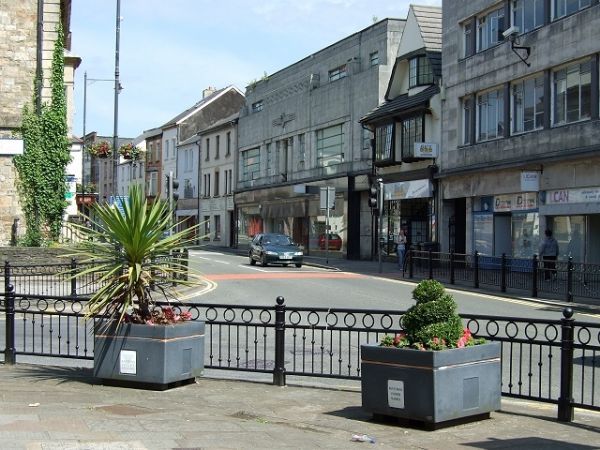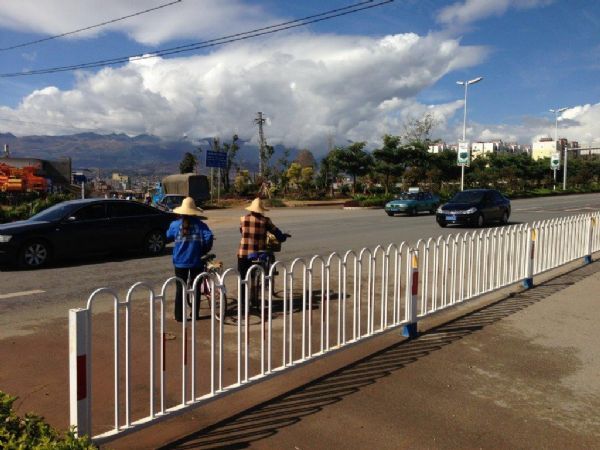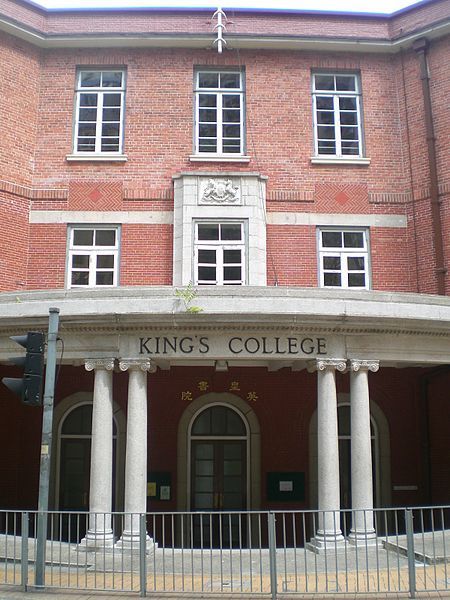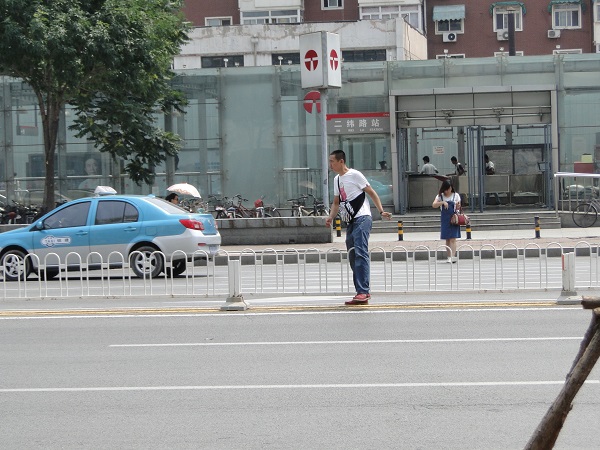





Pedestrian Fencing
Pedestrian fencing, or guard rail, may be used on the side of a road or within the median to restrict pedestrian access to the carriageway, reducing conflict between motorised vehicles and pedestrians.
Fencing is often used to direct pedestrians to a preferred formal crossing point and to discourage pedestrians from making dangerous crossing movements where visibility may be limited.
Innovative solutions can be achieved through good street design using street furniture, planting and public art to guide and direct pedestrian movements. Designs must consider the needs of vulnerable road users and the mobility impaired.
- Helps to guide pedestrians to formal crossing points.
- Can help to prevent unwanted pedestrian crossing movements.
- Physically prevents pedestrian access to the carriageway.
- Helps to prevent pedestrians dashing out from pedestrian paths intersecting the road at right angle.
- Helps to prevent crowds from suddenly spilling out onto the road at exits of schools, cinemas and buildings etc.
- Can help to prevent motorists from parking on the footpath.
- Provides useful guidance for visually impaired pedestrians.
- Continuous pedestrian fences can contribute to tunnel vision of drivers and increased speeds. This would then increase the risk at pedestrian crossings and any gaps along the fencing. Accordingly, pedestrian fencing should be used with care. Traffic calming to reduce traffic speeds could be a more appropriate solution.
- It is important to ensure that pedestrian fencing does not obstruct the drivers’ view of pedestrians on the footpath, or those about to cross the road, and conflicting traffic at intersections. This may be attained by limiting fence height and adopting fencing panels in horizontal bars permitting drivers to see through..
- Consideration should be given to the design of the fencing to ensure that the risk to errant vehicles is limited upon impact. This may be attained by using deformable metal elements and avoiding the installation of a continuous top rail.
- When used at staged or staggered crossings on pedestrian refuges, fences should be aligned so that pedestrians walk along the refuge in the opposite direction to the flow of traffic they are about to cross, and face oncoming traffic as they are about to leave the median.
- Consideration should be given to improving accessibility for the mobility impaired. This may include design features such as paved footpaths with sufficient width to accommodate wheelchairs, dropped kerbs at pedestrian crossing points and tactile paving.
The Star Rating Demonstrator is a freely available tool with the iRAP online software, ViDA. With the Star Rating Demonstrator, it is possible to explore the impact that this Safer Roads Treatment has on risk.
Treatment Summary
Costs | Low |
Treatment life | 10 years - 20 years |
Potential casualty reduction | 25-40% |
Case Studies
| Examples of related Case Studies |
|---|
| Road Safety – Catalogue Of Case Studies |
Related Images
 Decorative pedestrian fencing in Pontypool,UK. Fencing prevents unorganized crossings and regulates pedestrians through designated crossing facilities, hence reduces vehicle-pedestrian conflicts. Image credit: Kev Griffin
Decorative pedestrian fencing in Pontypool,UK. Fencing prevents unorganized crossings and regulates pedestrians through designated crossing facilities, hence reduces vehicle-pedestrian conflicts. Image credit: Kev Griffin Pedestrian Fencing in China. Image credit: Greg Smith
Pedestrian Fencing in China. Image credit: Greg Smith Pedestrian fencing. Image credit: Unknown
Pedestrian fencing. Image credit: Unknown Pedestrian steps over a low fence in China. Image credit: Greg Smith
Pedestrian steps over a low fence in China. Image credit: Greg Smith










